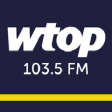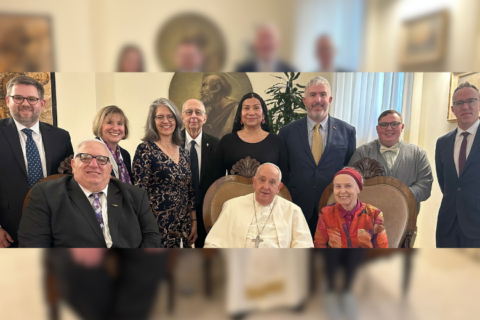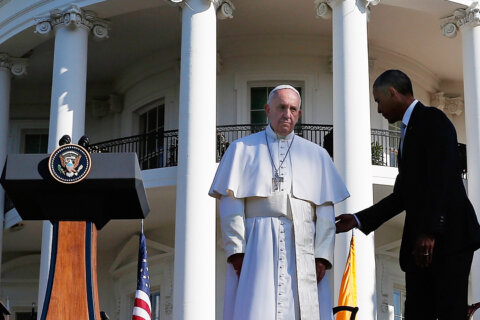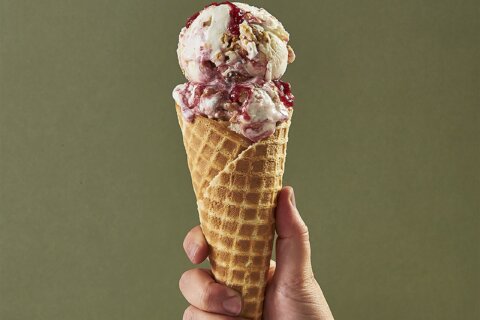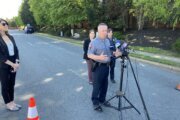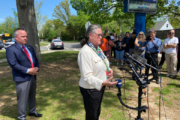Since the very first Earth Day in 1970, there have been changes in the way many things, from cardboard to plastic bottles, are disposed of.
Long before blue recycling bins were provided to homeowners, it was typical to see trash cans loaded with what are now recyclable paper, plastic and glass items.
But sorting through the different items that can be recycled, and learning where and how they are accepted, can be confusing. Plastic bottles, single-use food containers or even detergent containers, for example, can have a range of different recycling symbols on them, and not every county or town accepts the same items.
“A good baseline is if it’s a narrow-necked bottle stamped one or two on the bottom, it’s a pretty safe bet you can recycle that,” said John Snarr, principal planner with the Metropolitan Washington Council of Governments.
“It’s one of those things, it’s not going to be a big problem either way, we just don’t want them loose in the bin,” Snarr said of bottle caps.
While glass has long been seen as a recyclable item, in some jurisdictions in Northern Virginia, there are efforts to remove glass from the commingled recycling stream.
The goal with separating glass is producing “a better end product” when glass is recycled without other materials, Snarr said.
“We don’t want it in the curbside bin,” he added. “It’s worth checking out whether you’re in a purple bin area.”
Betsy Nicholas, president of the Potomac Riverkeeper Network, said the best way to know you’re recycling correctly is to check with your county, city or even your homeowners association. Rules can overlap or cancel each other out.
“Depending on who does the pickup services, they might have different rules,” Nicholas said.
Both Snarr and Nicholas agree — the best workaround to sifting through what can and cannot be recycled is to cut your waste stream.
“Avoiding some of the products that have all of the packaging in the first place,” is a great start, Nicholas said, although she conceded, it “can be hard to do.”
Nicholas said she’s taken to buying her produce at farmers’ markets that sell it without packaging.
“Thinking about that ability to reuse items again and again saves you from those single-use things that are just going to immediately go in the garbage,” she said.
At home, Nicholas suggests switching to glass and other reusable containers for food, and skipping things like pods for coffee. They not only end up in landfills, but contribute to the microplastics found in our environment.
“Plastics are probably our biggest problem in terms of consumer products,” Nicholas said.
There are efforts throughout the D.C. region aimed at reducing food waste and recycling or properly disposing of batteries too, Snarr said.
“A third of all food we buy, we throw away, so we’re just encouraging folks to not generate that food in the first place,” Snarr said.
Nicholas said one reason people don’t recycle more is that they feel it won’t make a difference, but she said every bit of waste that doesn’t end up in the environment is a step in the right direction. And for families, she said, recycling sets an example that becomes a habit.
“You’re going to teach your kids to do that and they’re going to keep doing it, and learn to respect the environment and recognize that we need to protect it,” she said.
Get breaking news and daily headlines delivered to your email inbox by signing up here.
© 2025 WTOP. All Rights Reserved. This website is not intended for users located within the European Economic Area.

